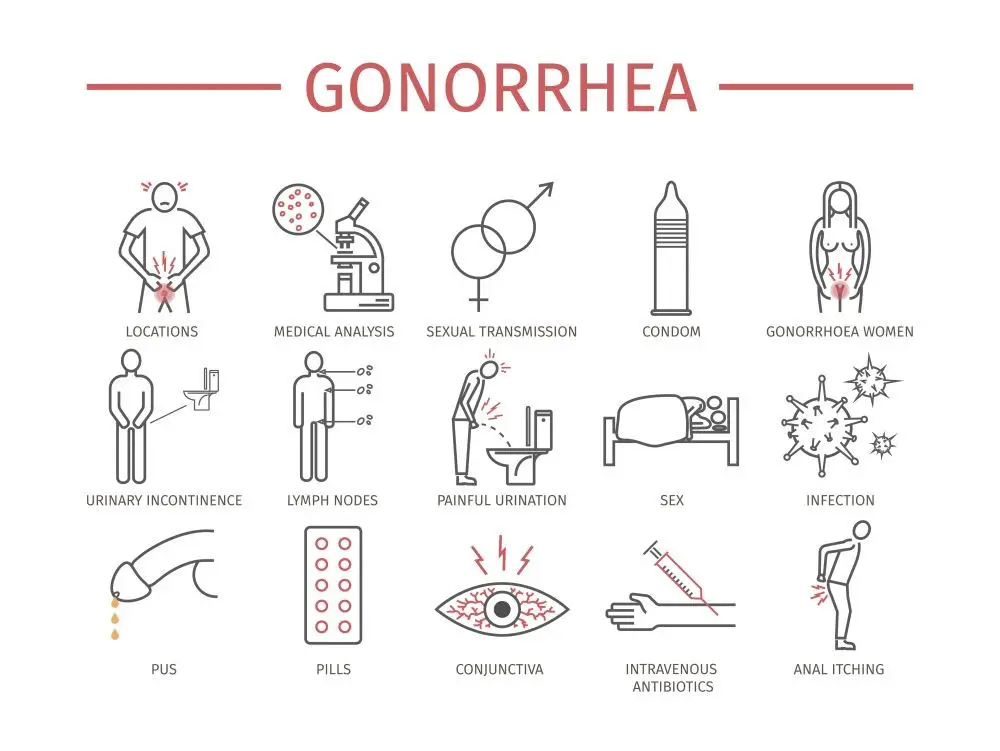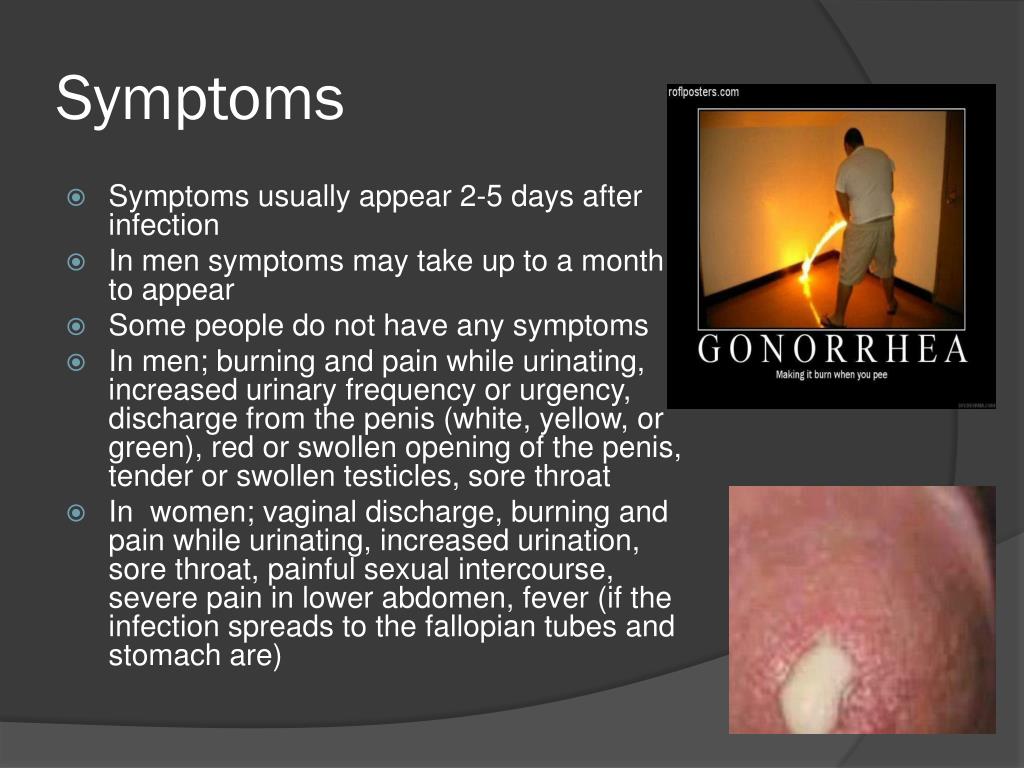

Tachycardia and-more severely-heart failure may develop due to this damage.įortunately, disseminated gonorrhea isn’t all that common: studies suggest that it occurs in just 0.5% to 3% of gonorrhea cases.

The infection can lead to significant damage to other parts of the heart, as well, like heart valves. This condition develops when gonorrhea infects the endocardium, an important part of the heart. Gonococcal endocarditis is another possible (though quite rare) complication of disseminated gonorrhea.

Gonococcal arthritis may develop, for instance-involving severe inflammation of one or more joints in the body-if gonorrhea bacteria infect that joint(s).
MALE GONORRHEA SYMPTOMS SKIN
Skin sores, rashes, joint pain, joint swelling, fever, chills, and generally feeling unwell are among the common symptoms of this type of infection.īut disseminated gonorrhea does more than just trigger symptoms: left unchecked, it can cause serious harm to some of the body’s key systems. When gonorrhea spreads in this way, it’s referred to as a disseminated gonococcal infection (DGI) or disseminated gonorrhea. If it isn’t treated promptly, oral gonorrhea may eventually spread to the bloodstream, where it can then infect other parts of the body. Disseminated gonorrhea: a health risk associated with untreated oral gonorrhea If you believe you’re suffering from symptoms of oral gonorrhea, talk with your healthcare provider so they can offer guidance on the next steps to take.


 0 kommentar(er)
0 kommentar(er)
